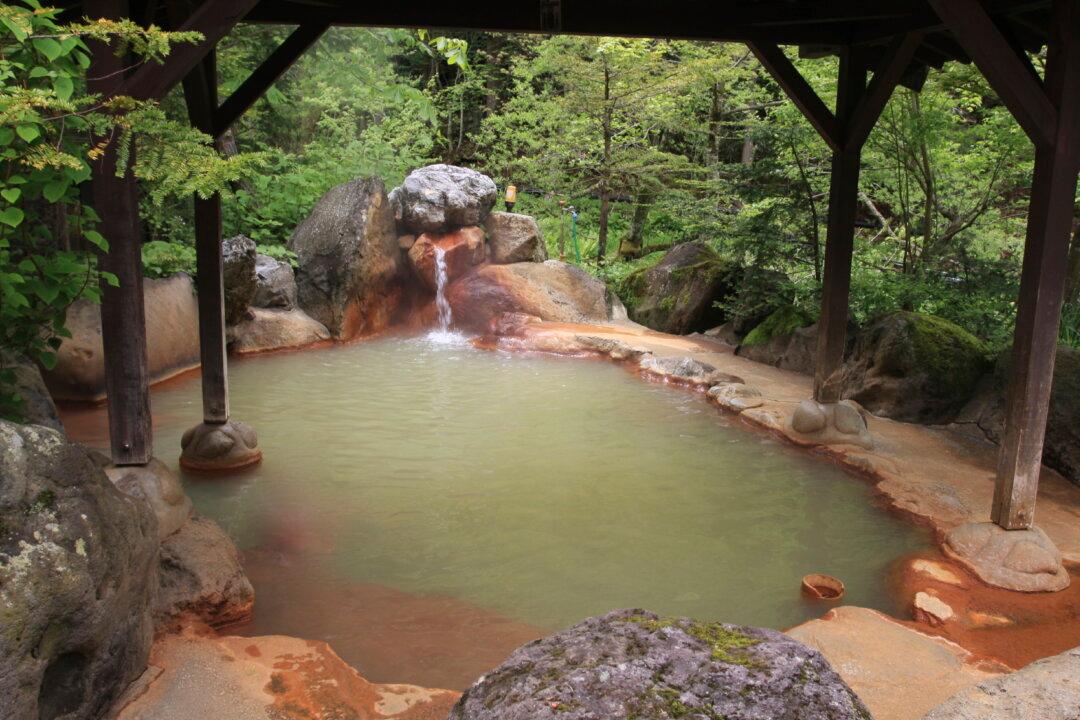Japan Asks Spa Operators to Admit Foreigners With Tattooes

An "onsen" in Japan. pamadeba/iStock
|Updated:
Cindy Drukier is a veteran journalist, editor, and producer. She's the host of NTD's International Reporters Roundtable featured on EpochTV, and perviously host of NTD's The Nation Speaks. She's also an award-winning documentary filmmaker. Her two films are available on EpochTV: "Finding Manny" and "The Unseen Crisis"
Author’s Selected Articles




